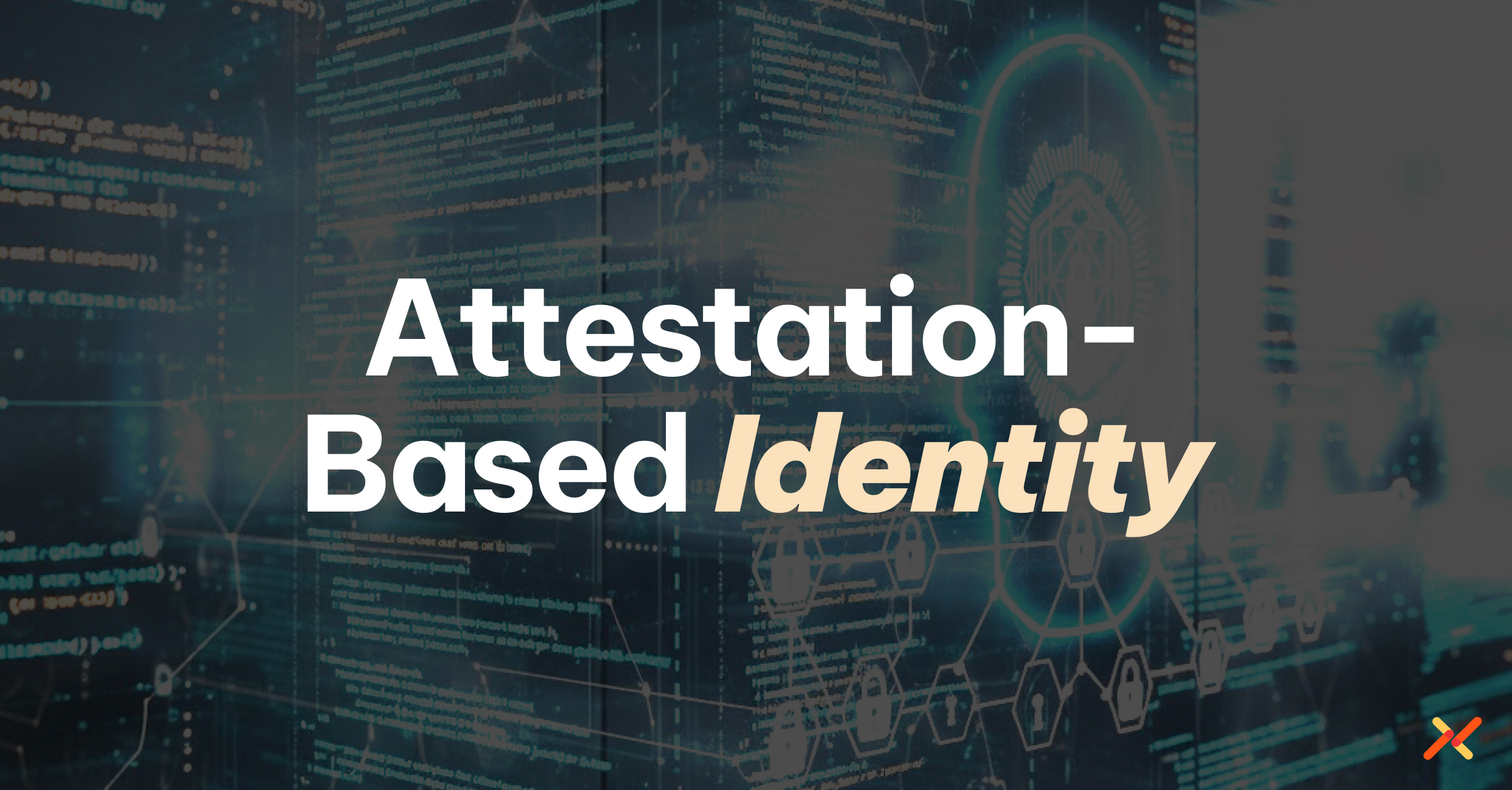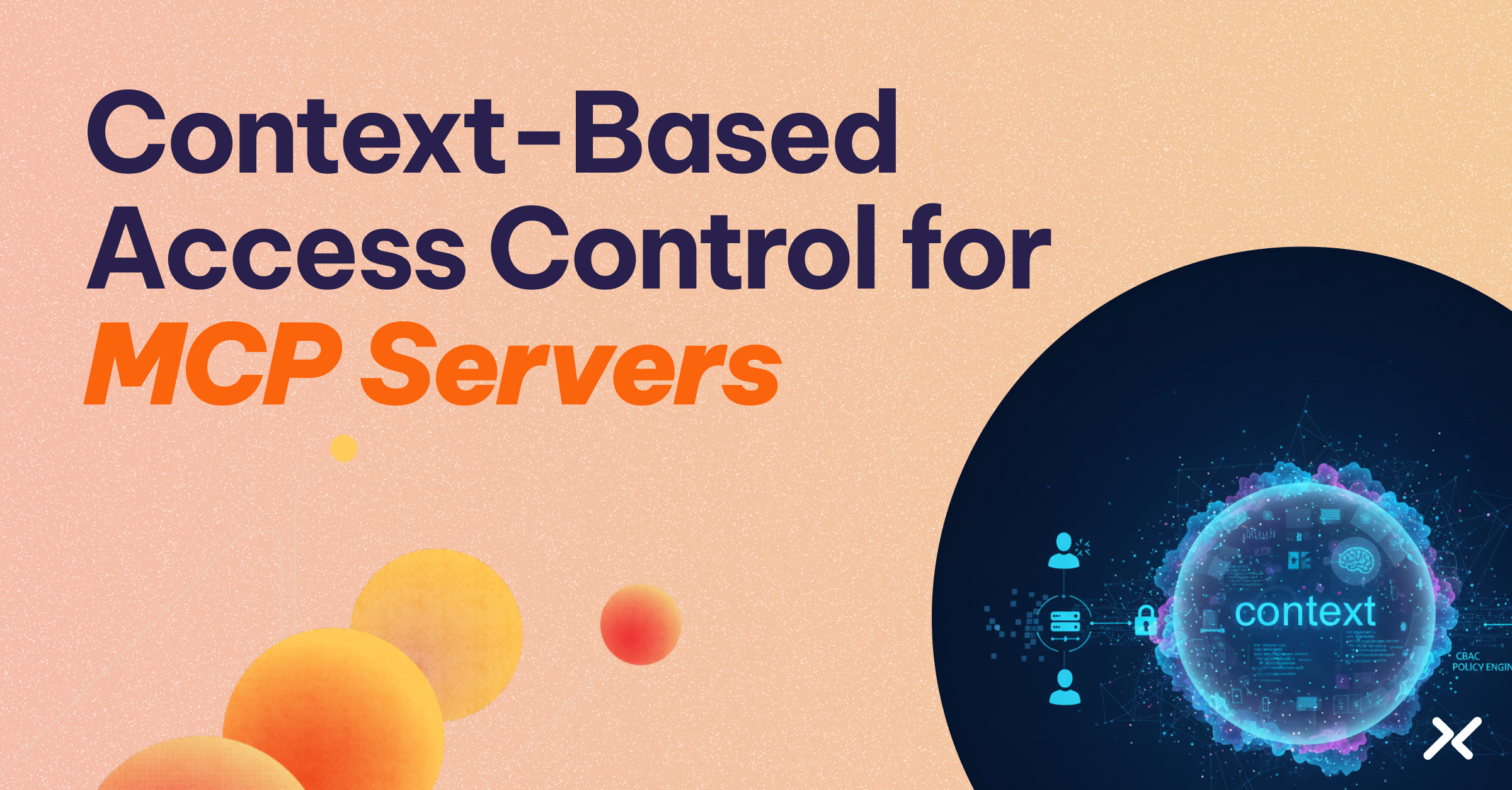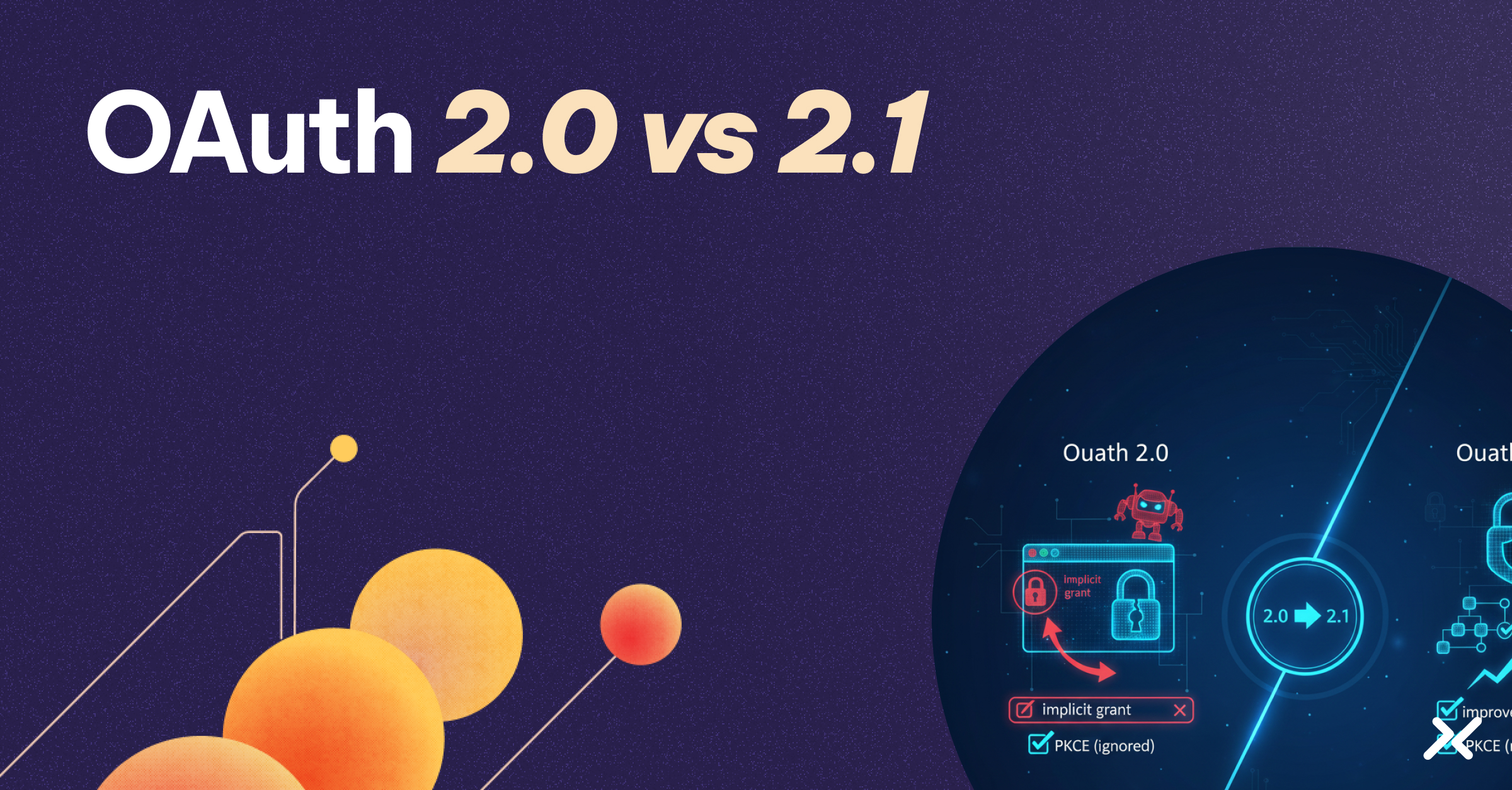When a Kubernetes pod wants to access a service like AWS S3, it uses a token to prove its identity. But what if that token is stolen? Or what if a bad actor has compromised the environment that issues the token?
That’s the fundamental weakness of traditional workload authentication. Your security system trusts that the token issuer is safe, but in today’s multi-cloud, distributed environments, that assumption is a huge risk. A compromised system can issue valid tokens for unauthorized workloads, giving attackers a powerful key to your infrastructure.
This is where attestation-based identity comes in. Instead of just trusting the token’s signature, it adds an extra layer of security. It cryptographically verifies that the workload is running exactly where and how it’s supposed to. It’s proof of location and configuration, not just a signature.
What Is Attestation-Based Identity?
Imagine a digital passport that not only says who you are, but also provides cryptographic proof of where you’re running and how you got there. That’s the essence of attestation-based identity.
It’s a security approach that uses verifiable evidence, such as cloud-signed metadata, TPM measurements, or container image signatures, to prove that a workload is running in an authorized and trusted environment. The identity token itself carries these attestations so another system can independently validate them against a known-good baseline.
This approach helps solve a long-standing challenge known as the “secret zero” problem. In traditional systems, even the most advanced secrets management tools need an initial credential to bootstrap access. Attestation reduces that risk by deriving identity proof from trusted environmental evidence rather than from a pre-shared secret. In other words, workloads can authenticate automatically based on where and how they’re running, without requiring long-lived passwords or static keys.
The result is a higher level of security assurance: the system doesn’t just trust a signed token, it verifies that the workload is executing on approved infrastructure, with verified code, and under the expected configuration, turning the environment itself into the root of trust.
Building Blocks of Attestation-Based Identity
Attestation-based identity isn’t a single tool, it’s a system built from a few key components that work together to create a chain of trust.
- The Root of Trust: This is the ultimate authority, usually a secure piece of hardware like a TPM (Trusted Platform Module) or a cloud provider’s signing service. It’s the secure foundation that anchors all the cryptographic proofs and ensures that the entire process is authentic.
- The Evidence: This is the cryptographic proof itself. It’s a collection of measurements about the workload’s environment, such as a hash of the container image, a record of the boot sequence, or a signature from the cloud provider. This evidence is what proves the workload’s identity without a shared secret.
- The Verifier: This is the component that does the heavy lifting. It takes the “evidence” and checks it against a security policy to determine if the workload is trustworthy. It verifies cryptographic signatures and compares the measurements to a set of pre-approved values.
- The Policy Engine: Think of this as the brains of the operation. It translates your business security requirements into technical rules for the verifier. For example, it might specify that a certain workload can only run on specific hardware or in a particular cloud region.
- The Credential Issuer: Once a workload has been successfully verified by an attestation system, a short-lived, target-specific credential (like a temporary token or API key) can be issued for access. A platform like Aembit can then broker that connection, consuming the attestation signal, evaluating it against policy, and securely delivering the right credential to the workload without storing any long-lived secrets.
Types of Attestation Methods and Examples
Attestation isn’t a one-size-fits-all solution; it can happen at different layers of your technology stack.
Hardware-Based Attestation
This is the most secure form of attestation. It uses a tamper-resistant security chip, like a TPM (Trusted Platform Module), to measure a device’s boot process. This gives you a cryptographically verifiable “fingerprint” of the device’s state, but it can be a challenge to manage, since any software update changes the fingerprint, requiring you to update your policies.
A cutting-edge example of this is Confidential Computing, which uses secure enclaves from Intel (SGX) or AMD (SEV) to create an isolated environment for sensitive data. It’s a complex process, but it’s the gold standard for protecting data from privileged access attacks in untrusted environments like a public cloud.
Cloud-Native Attestation
For workloads already running in the cloud, major providers offer built-in attestation mechanisms. For example, AWS, Azure, and GCP each expose signed metadata documents that provide cryptographic proof of a workload’s identity and environment.
These signed documents can be verified by identity brokers or policy engines to issue short-lived credentials, enabling secretless authentication patterns without pre-shared keys. However, the metadata endpoints themselves must be protected to prevent token misuse or replay attacks.
Container and Orchestration Attestation
In Kubernetes environments, systems like SPIFFE/SPIRE or the platform’s own projected ServiceAccount tokens let workloads prove their identity without static credentials. SPIRE issues short-lived, automatically rotated SVIDs, while Kubernetes OIDC tokens are signed by the API server and refreshed on a schedule, reducing the risk of credential theft.
Complementary controls like container image signature verification (e.g., using Cosign or Notary) ensure that the image deployed at runtime matches the one that was built and approved, adding another layer of integrity assurance.
Application-Level Attestation
This is about verifying the integrity of the application code itself. For example, code signing ensures that an application binary hasn’t been modified between when it was built and when it’s executed. This is particularly important when you’re distributing software across untrusted networks, but it can get complicated with modern applications that use dynamic libraries or just-in-time compilation.
How Attestation Works in Practice
So, what does attestation look like in a modern cloud or containerized environment?
Here’s a six-step flow showing how a workload running in Kubernetes or a CI/CD pipeline can prove its identity using software-based attestation.
1. Environment Startup
When a workload starts, for example, a container in Kubernetes or a GitHub Actions job, it automatically collects runtime data such as the image hash, namespace, and runtime metadata (e.g., the workload’s service account or runner identity). This forms the “evidence” of what’s running and where.
2. Evidence Generation
The orchestrator or runtime (like Kubernetes) packages these measurements into a signed statement. Instead of relying on a hardware root of trust, it uses the cloud provider’s or orchestrator’s signing service, for instance, AWS Instance Identity Documents or Kubernetes projected tokens, to sign and timestamp the data.
3. Remote Verification
That signed statement is sent to an attestation verifier or identity service. The verifier checks the digital signature against the issuing authority (e.g., AWS, Azure, or Kubernetes API server) and ensures the claims match policy, for example, “this workload must be from namespace ‘prod’ and run image sha256:abcd123.”
4. Policy Evaluation
A centralized policy engine evaluates the credential and contextual information (like environment, labels, and identity claims) to determine what level of access to grant. This ensures fine-grained, conditional authorization aligned with your security rules.
5. Credential Issuance
Once a workload’s identity has been verified through attestation, it can use that trust signal to request or present credentials for access. In many environments, an identity service such as SPIRE or a workload IAM platform like Aembit can issue short-lived, scoped credentials to reduce risk and simplify access.
However, attestation and credential issuance are distinct steps, attestation establishes trust, while the resulting credential (which may be static or ephemeral) enables access. In cases where the destination system does not support dynamic credentialing, static secret may still be required.
6. Continuous Re-Attestation
Because workloads and pipelines are dynamic, the system periodically re-verifies their identity. Any drift, such as a changed image hash, expired token, or revoked signing key, immediately invalidates the credential, preventing unauthorized persistence.
By anchoring trust in verifiable runtime data rather than stored credentials, software-based attestation allows workloads in any cloud or container environment to prove their identity and securely access services, without the overhead of specialized hardware.
Why Attestation Matters in Untrusted Environments
The old security playbook, which relied on firewalls and network perimeters, is completely broken in a modern cloud environment. With workloads moving between private data centers, AWS, and Azure by the minute, you can no longer rely on network location for trust.
Three major challenges make modern environments “untrusted”:
- Elastic Infrastructure: With IP addresses changing constantly, you can’t tie a workload’s identity to a fixed location.
- Fragmented Identities: Each cloud provider and service has its own identity system, making it nearly impossible to create a consistent security policy.
- Supply-Chain Attacks: Malicious code can be injected into a build system, looking legitimate until it’s running in your production environment.
Attestation solves these problems by replacing “something the workload knows” (like a password) with “something the workload can prove.” It relies on cryptographic proof, not pre-shared secrets. This evidence works consistently across different cloud providers, on-premise data centers, and hybrid environments, giving you a portable identity layer that you can trust, no matter where your workloads are running.
Real-World Applications and Implementation Patterns
Attestation isn’t just a theoretical concept; it’s already solving major security problems for modern enterprises. It is used in:
Cross-Cloud Authentication
Imagine a microservice running in AWS that needs to access a database hosted in Google Cloud. Traditionally, this would require provisioning and storing long-lived credentials, a clear security risk.
With attestation-based identity systems such as SPIFFE/SPIRE, the workload in AWS can present cryptographic proof of its identity based on trusted evidence from its environment. SPIRE issues a short-lived, verifiable identity (SVID) tied to that workload. If the two environments have a federated trust relationship, the Google Cloud service can validate that identity and issue or accept a temporary credential for access.
This approach dramatically reduces the need to manage static secrets across clouds, but it depends on a standardized federation layer to translate or trust each provider’s identity format.
Healthcare and AI Security
When dealing with sensitive data, like patient records or confidential financial information, the stakes are incredibly high. Companies are using Confidential Computing platforms that leverage hardware-based attestation to ensure that data can only be decrypted and processed within a secure enclave.
This same technology is being applied to AI and machine learning, ensuring that a model can only access sensitive data if its code and environment are cryptographically verified and meet strict security policies. The challenge is keeping up with the speed of development, but real-time dashboards can turn this complexity into a simple “is this safe to trust?” signal.
Industrial IoT (IIoT)
Industrial IoT devices at the edge, think factory sensors or smart infrastructure, are often miles from a central data center. Attestation gives them a way to prove their identity when they boot up and receive just-in-time certificates to join a network. This is critical for preventing rogue or counterfeit devices from joining the network, even in environments with intermittent connectivity.
Eliminate Secrets with Attestation-Informed Workload IAM
A practical way to implement attestation in real environments is to pair it with a workload IAM broker like Aembit. With Aembit, workloads present attestation evidence from trusted sources, such as cloud instance metadata, Kubernetes projected tokens, or CI OIDC tokens, which Aembit uses through trust providers to cryptographically verify the workload’s identity and context.
After identity is verified, Aembit’s access policies evaluate the request centrally to determine whether the workload may call a specific API or service. If approved, Aembit Edge (deployed as an agent/sidecar/proxy) injects a short-lived credential just-in-time for the outbound request, so the workload doesn’t need to store long-lived secrets.
This model helps avoid bootstrap/static secrets by leveraging runtime identity and issuing ephemeral credentials instead. It’s supported across AWS, Azure, GCP, Kubernetes, and CI/CD platforms like GitHub Actions via OIDC-based identification, enabling a consistent, policy-driven access layer across heterogeneous environments.




